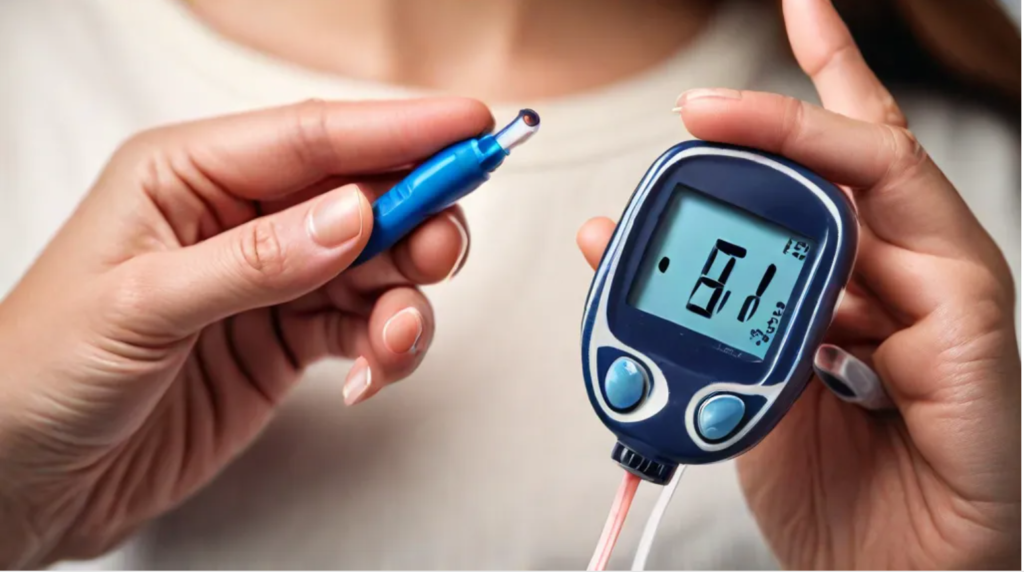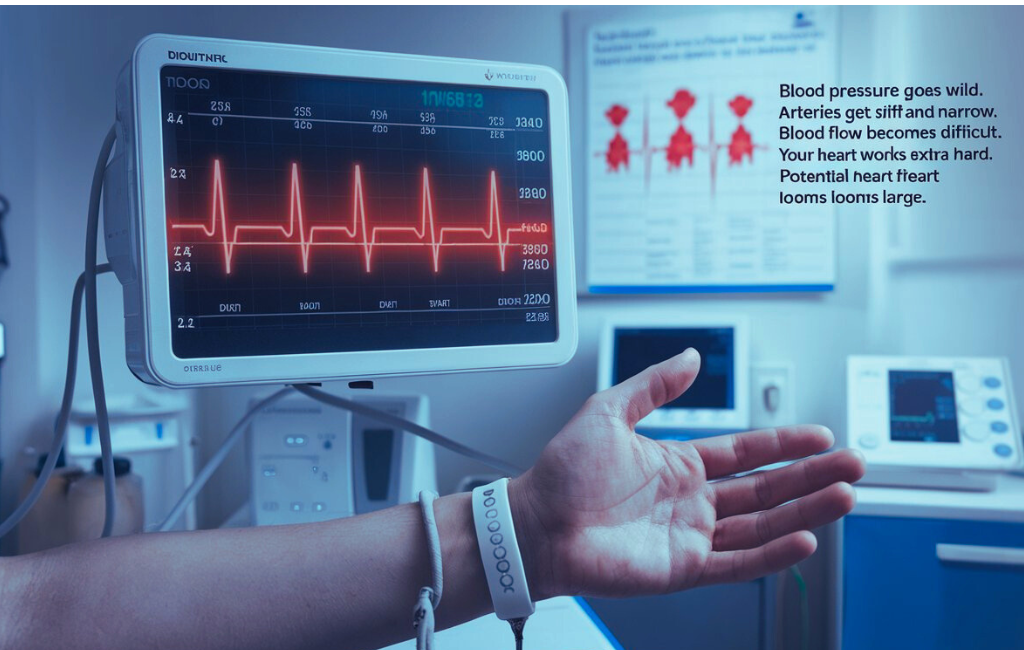Low blood pressure, or hypo tension, might not grab headlines like high blood pressure, but it’s equally important to understand. Blood pressure measures the force of blood pushing against artery walls. Low blood pressure can lead to dizziness, fainting, and even shock in extreme cases. Let’s dive into the surprising causes of low blood pressure, the risks, and how to manage it effectively.
What is Low Blood Pressure?
Low blood pressure is when your blood pressure falls below 90/60 mm Hg. It can be harmless for some but troublesome for others. It’s important to know the underlying causes to address it properly.
Causes of Low Blood Pressure
Several factors can contribute to low blood pressure:
- Dehydration: Not drinking enough water can cause low blood pressure. When your body loses more water than it takes in, it reduces blood volume, leading to lower pressure.
- Heart Problems: Some heart conditions, like extremely low heart rate (bradycardia), heart valve problems, heart attack, and heart failure, can cause low blood pressure.
- Endocrine Issues: Problems with your endocrine system, such as underactive thyroid (hypothyroidism), adrenal insufficiency (Addison’s disease), and low blood sugar (hypoglycemia), can trigger low blood pressure.
- Severe Infection (Septicemia): When an infection in the body enters the bloodstream, it can lead to a life-threatening drop in blood pressure, called septic shock.
- Blood Loss: Losing a lot of blood from a major injury or internal bleeding reduces the amount of blood in your body, leading to a severe drop in blood pressure.
- Lack of Nutrients: Deficiency in essential vitamins like B-12 and folate can prevent your body from producing enough red blood cells, leading to low blood pressure.
- Medications: Some medicines can cause low blood pressure. These include diuretics, alpha blockers, beta blockers, and drugs for Parkinson’s disease.
- Pregnancy: During the early months of pregnancy, a woman’s circulatory system expands rapidly, which can cause blood pressure to drop.
- Allergic Reactions: Severe allergic reactions (anaphylaxis) can cause a dramatic drop in blood pressure.
- Postural Hypotension: This occurs when standing up quickly after sitting or lying down, leading to a sudden drop in blood pressure.
Symptoms of Low Blood Pressure
Recognizing symptoms can help you manage the condition better:
- Dizziness or Lightheartedness: These occur because less blood reaches your brain.
- Fainting: A sudden drop in blood pressure can lead to fainting.
- Blurred Vision: Low blood pressure can affect your eyesight.
- Nausea: Feeling sick to your stomach is another symptom.
- Fatigue: Low blood pressure can make you feel unusually tired.
- Lack of Concentration: Reduced blood flow can affect brain function.
- Cold, Clammy Skin: In severe cases, low blood pressure can lead to cold and clammy skin.
Managing Low Blood Pressure
Here are some ways to manage low blood pressure:
- Increase Salt Intake: Salt can raise blood pressure. However, consult with your doctor before making any changes to your diet.
- Drink More Water: Fluids increase blood volume and help prevent dehydration.
- Wear Compression Stockings: These help reduce the pooling of blood in your legs.
- Eat Small Meals: Eating smaller, more frequent meals can help prevent blood pressure from dropping sharply after meals.
- Avoid Alcohol: Alcohol can lower blood pressure further, so it’s best to avoid it.
- Medication: In severe cases, doctors may prescribe medication to help increase blood pressure.
- Slow Movements: Avoid standing up too quickly. Rise slowly from sitting or lying down positions.
- Healthy Diet: Ensure you are getting enough vitamins, especially B-12 and folate.
Latest Research on Low Blood Pressure
Recent studies provide insights into managing low blood pressure:
- Genetic Factors: Research is ongoing to understand genetic predispositions to low blood pressure and develop targeted treatments.
- New Medications: Development of drugs with fewer side effects is underway.
- Holistic Approaches: Integrating lifestyle changes such as stress management, diet adjustments, and physical activity for better outcomes.
- Technology in Monitoring: Advances in wearable technology to continuously monitor blood pressure and alert patients and doctors to significant changes.
Conclusion
Understanding the surprising causes of low blood pressure is crucial for managing it effectively. Recognizing symptoms, making lifestyle adjustments, and consulting with healthcare professionals can help you maintain stable blood pressure levels. By staying informed about the latest research and adopting healthy habits, you can manage low blood pressure and improve your overall well-being.
FAQ’s
Q: What are the dangers of low blood pressure?
A: Low blood pressure can lead to dizziness, fainting, and in severe cases, shock, which can be life-threatening.
Q: How can I raise my low blood pressure naturally?
A: Drink more water, eat small, frequent meals, and increase your salt intake (under doctor’s advice).
Q: Is low blood pressure as dangerous as high blood pressure?
A: Both conditions can be serious. While high blood pressure can lead to heart disease, low blood pressure can cause dizziness and fainting, leading to injuries.
Q: Should I be worried if I have low blood pressure without symptoms?
A: If you have no symptoms, low blood pressure may not be a problem. However, it’s always best to consult with your doctor to rule out any underlying conditions.
Q: Can stress cause low blood pressure?
A: Yes, chronic stress can contribute to low blood pressure. Managing stress is important for maintaining healthy blood pressure levels.








